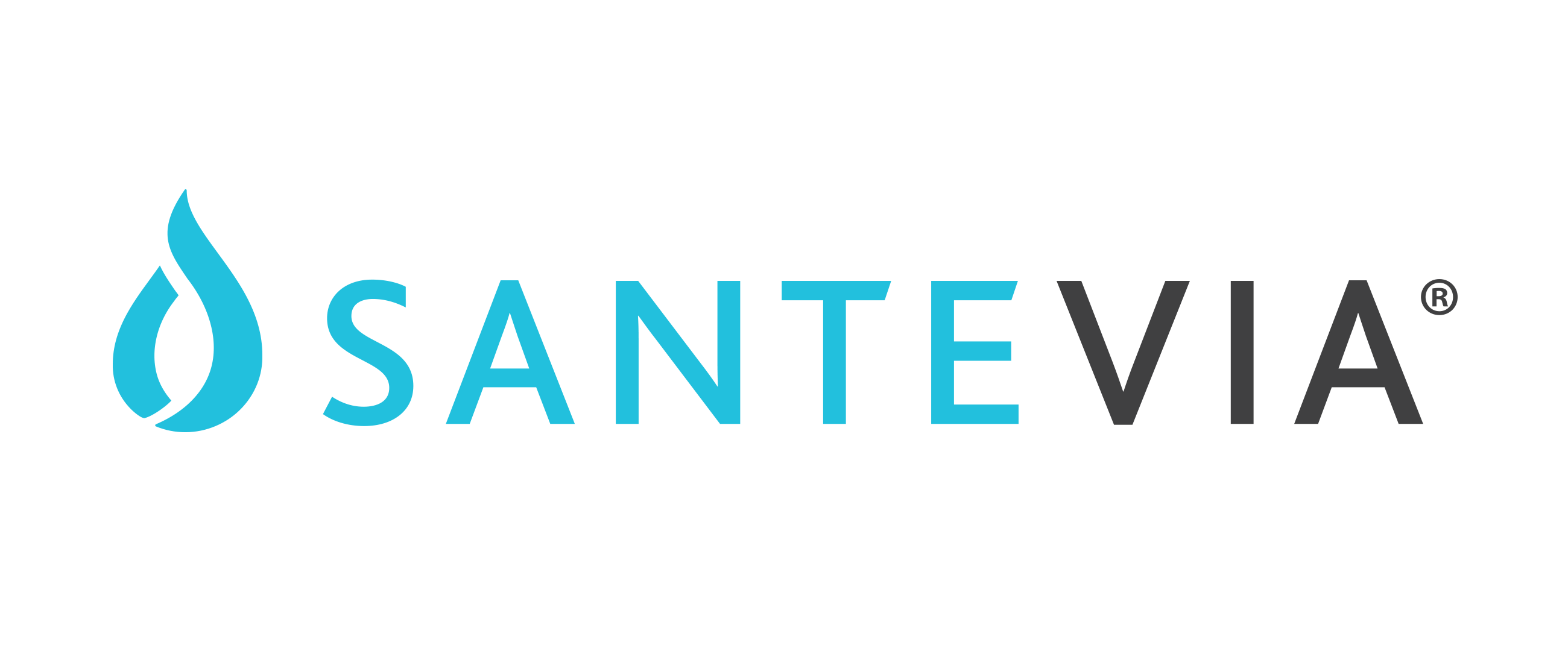Health Hazards of Heavy Metals

Many of us are aware that chlorine is a harmful contaminant used in city water treatment to keep bacteria at bay. But, are you familiar with other contaminants that might be found in your water supply?
Heavy metals are frequently found in tap, or well water and studies have shown adverse health effects associated with their consumption.
Heavy metals occur naturally in the environment, and they’re often found in rocks and soil. As a result, water is susceptible to heavy metal contamination through natural geological processes.
More frequently, however, water is contaminated with heavy metals as a result of leaching from old pipes in our homes, industrial and agricultural activity such as mining and smelting, and the use of metal-containing compounds in agriculture.
By whichever mechanism heavy metals find their way into the water supply, we’ve outlined the health hazards associated with 3 specific heavy metal elements: mercury, cadmium and copper.
Mercury
Mercury exposure at any level poses a threat to our health.
In kids, mercury exposure has the potential to cause serious harm to brain development.
Mercury can interrupt the movement of nerve cells during brain development which may result in brain abnormalities. This could negatively affect the child’s ability to think, learn and problem-solve as they continue to develop.
In adults, exposure to mercury is toxic to the nervous system and can result in neurological and behavioural disorders. Symptoms of mercury poisoning include tremors, memory loss, insomnia, headaches and cognitive, and motor dysfunction.
Additionally, once mercury is absorbed, your body has a very weak ability to excrete it. Therefore, it accumulates in the kidneys, liver and tissues, leaving you increasingly more susceptible to its toxic effects.
Cadmium
Cadmium is classified as a human carcinogen and can have toxic effects in the body.
The kidney is most vulnerable to harm from cadmium. Similar to mercury, our bodies have a weak ability to excrete the element - cadmium’s biological half-life in humans is 10-35 years. As a result, cadmium builds up in the kidneys.
Cadmium accumulation can lead to renal tubular dysfunction. This disease occurs when the kidneys fail to excrete acid into the urine, causing a person’s blood to become too acidic. The disease has serious health implications as chronic acidity of the blood can lead to bone disease, kidney disease, and in the worst case, kidney failure.
Copper
Unlike cadmium and mercury, our bodies require low levels of copper for essential functions such as making red blood cells and maintaining nerve cells.
Most people get enough copper from the foods they consume. So, we recommend removing it from water because copper becomes toxic in the body beyond a certain level.
High levels of copper in the body can lead to acute gastrointestinal effects such as nausea and vomiting. While over the long term, overconsumption of copper can cause liver and kidney damage.
One way to avoid drinking heavy metals is to filter water using activated carbon, a highly porous adsorptive medium. The Santevia Premium Alkaline Water Filtration System uses activated carbon to filter copper, mercury and cadmium. In addition to filtering heavy metals, this system removes microplastics and chlorine.
The system also infuses your water with healthy minerals, raising the pH to alkaline, giving you clean, mineralized alkaline water. Easily look after your health while also avoiding heavy metals with Santevia - a win-win.

